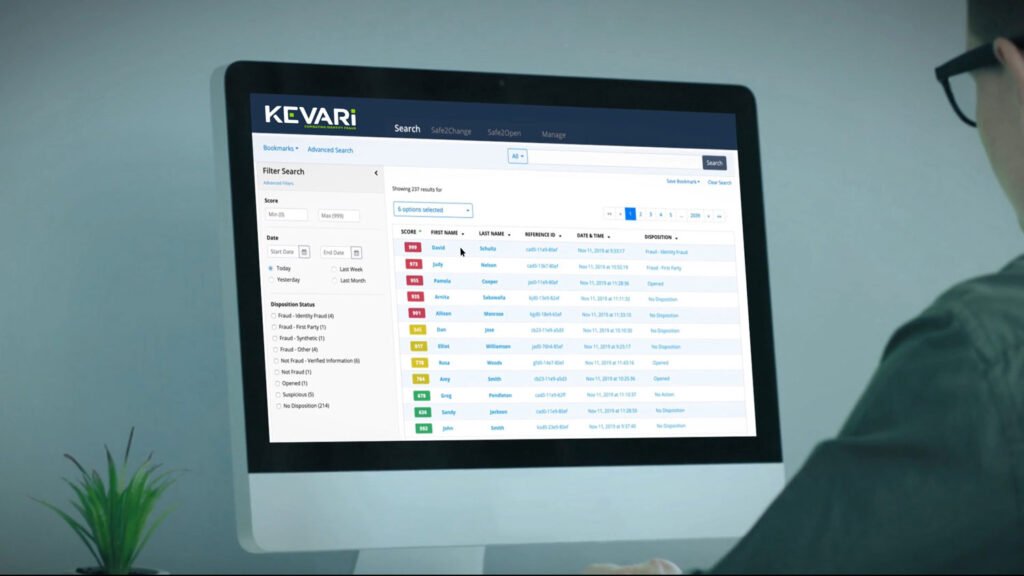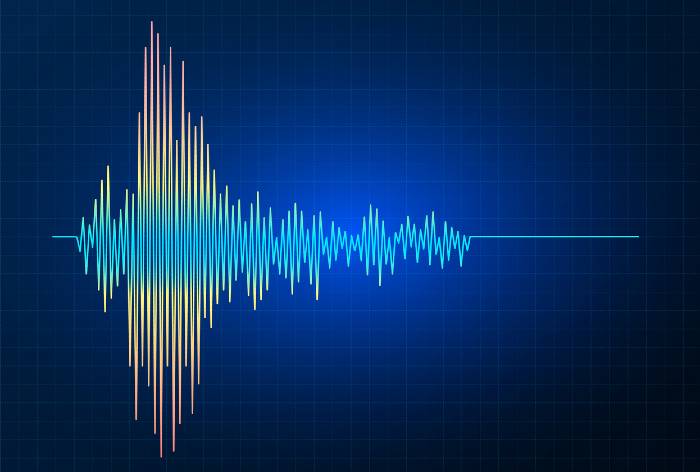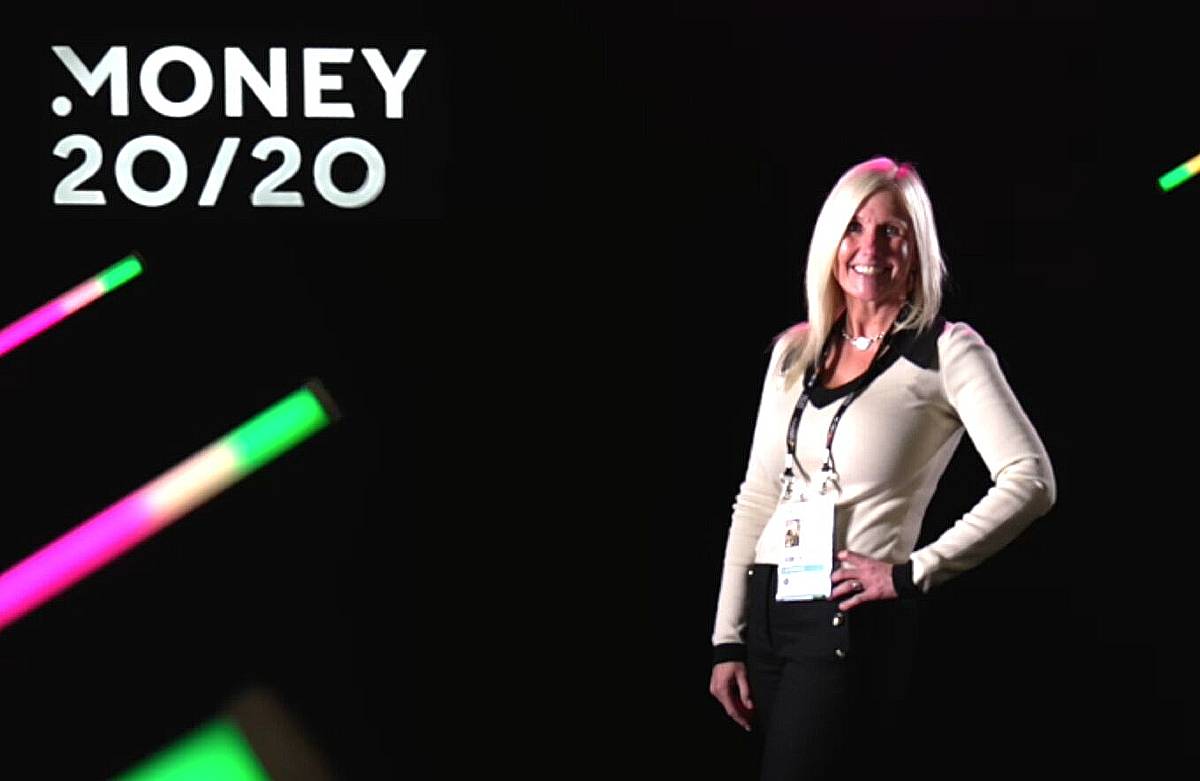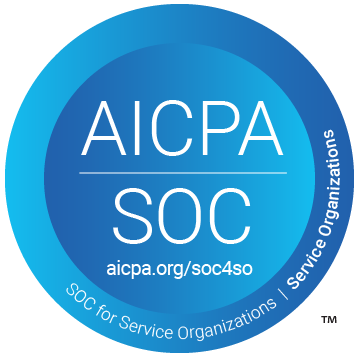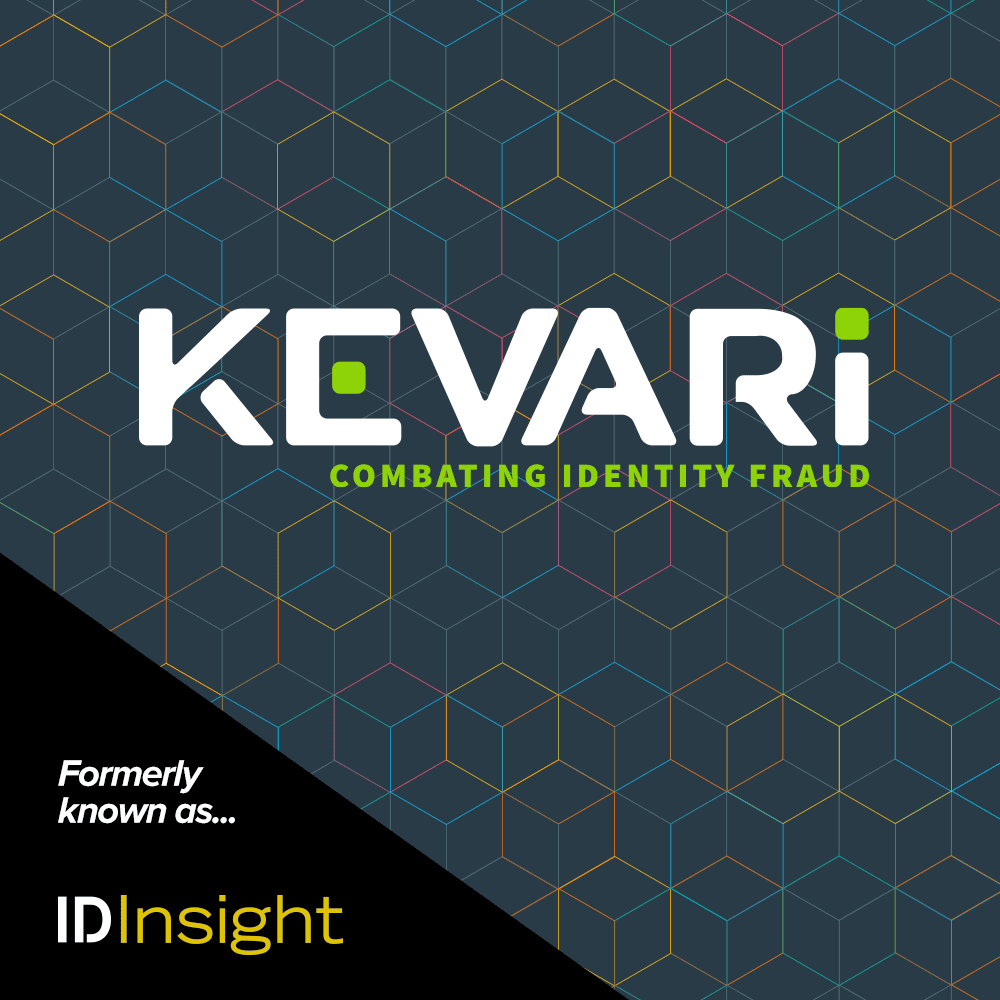Accessing data from shared networks is not a new concept for those who investigate fraud. In fact, the ability to view the velocity of consumer identity and contact elements is one of the best ways to root out schemes and rings related to new-account fraud and account takeover.
However, investigators would stop more fraud, and stop it faster, if they shared their investigative efforts and insights. Since criminals tend to use fraudulent addresses, emails, or phone numbers, it would be helpful if investigators could see that colleagues or peers from other institutions had investigated these contact elements and determined them to be suspicious.
Introducing the Fraud Investigation Network
Kevari solutions for new-account fraud and account takeover were intentionally designed to capture information about how each case is “dispositioned” — that is, whether it was deemed “fraud” or “not fraud.” Now we’re formalizing this information into a Fraud Investigation Network that will allow investigators across the country to easily collaborate to keep fraud out of the banking system. The addition of this new network will improve the collective fraud catch-rate, reduce false positives, and improve the efficiency and effectiveness of investigations.
More information for investigations
Within our system, messages and flags will inform investigators whether a consumer contact element has been associated with a dispositioned fraud within the 12 months prior to the current inquiry. Knowing that a trained investigator came to this investigative conclusion gives credibility to the finding and serves to focus the new investigation.
Additionally, the fraud investigation network data will be used for 90-day post-inquiry monitoring. If there is a new suspicious or fraudulent activity related to the inquiry contact information within that timeframe, the system will alert the investigator that it’s time to take another look at the case.
Not governed by the FCRA
Solutions like ours are used in the back office to assess the likelihood of fraud in a new account or the likelihood of account takeover in a profile change. In the institution’s process flow, our screening comes after, and is distinct from, the various consumer reporting/decisioning solutions governed by the Fair Credit Reporting Act (FCRA). When fraud investigators receive our results, they review the fraud score, velocity, and other insights associated with each inquiry and investigate those that are out of tolerance with their institution’s risk parameters or business rules.
Information about whether a peer or colleague has found something suspicious would be a credible piece of information to guide an investigation but would not be used in place of one.
Digital makes it critical
Sharing fraud investigation data will enhance the industry’s ability to thwart the fraud rings that develop so rapidly in the digital channel, especially when this information is paired with velocity data that illuminates the frequency with which identity elements are being re-used.
With fraudsters collaborating and sharing their technology and insights on the dark web, one could make a case that our industry is behind the curve in our efforts to work together. Our intent at Kevari is to finally make it easy for institutions to join forces against those who wish to damage your customer relationships, balance sheets, and reputations with their new-account fraud and account takeover schemes.
